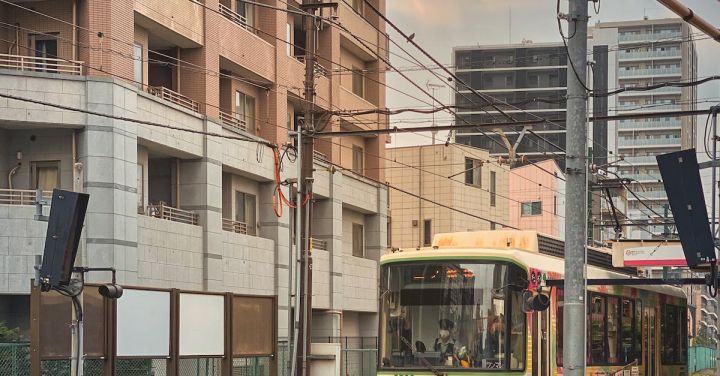The railway industry has come a long way since its inception, with advancements in technology playing a crucial role in improving safety, efficiency, and reliability. One area that has seen significant progress is signaling systems. These systems are responsible for guiding trains, ensuring smooth operations, and preventing accidents. In this article, we will explore some of the latest advances in signaling systems for modern railways.
One of the key advancements in signaling systems is the introduction of computer-based interlocking systems. Traditionally, interlocking systems used mechanical levers and switches to control the movement of trains. However, these systems were prone to human error and required extensive manual labor. With computer-based interlocking systems, the entire process is automated, reducing the risk of errors and improving efficiency. These systems use advanced algorithms to calculate train routes and ensure safe separation between trains.
Another significant development in signaling systems is the implementation of communication-based train control (CBTC) systems. CBTC systems rely on wireless communication between trains and the control center, allowing for real-time monitoring and control. Unlike traditional fixed-block signaling systems, which divide tracks into fixed sections, CBTC systems use dynamic moving blocks. This means that trains can operate at closer intervals, increasing capacity and reducing delays. Additionally, CBTC systems provide more precise train location information, allowing for better coordination and reducing the risk of collisions.
Furthermore, modern signaling systems incorporate advanced sensing technologies to enhance safety and reliability. For instance, train detection systems use a combination of infrared sensors, radar, and cameras to detect the presence of trains on the tracks. These sensors can accurately identify the speed and position of trains, enabling signaling systems to make informed decisions in real-time. In addition, technologies such as axle counters and wheel detectors provide further redundancy and improve the overall reliability of the signaling systems.
In recent years, the integration of artificial intelligence (AI) and machine learning (ML) algorithms has revolutionized signaling systems. AI algorithms can analyze vast amounts of data collected from trains, tracks, and sensors to predict potential issues and optimize train operations. For example, ML algorithms can optimize train schedules based on historical data, weather conditions, and passenger demand. This not only improves the efficiency of the railway network but also enhances the overall passenger experience.
Furthermore, modern signaling systems are increasingly incorporating predictive maintenance capabilities. By continuously monitoring the condition of signaling equipment, these systems can detect and predict potential failures before they occur. This allows for proactive maintenance, minimizing downtime and reducing costs associated with unexpected equipment failures. Additionally, predictive maintenance helps extend the lifespan of signaling equipment, ensuring its reliability and efficiency in the long run.
In conclusion, advances in signaling systems have greatly contributed to the safety, efficiency, and reliability of modern railways. Computer-based interlocking systems, communication-based train control, advanced sensing technologies, AI and ML algorithms, and predictive maintenance capabilities have all played a significant role in transforming the railway industry. As technology continues to evolve, we can expect further advancements in signaling systems, paving the way for a more connected and efficient railway network.
